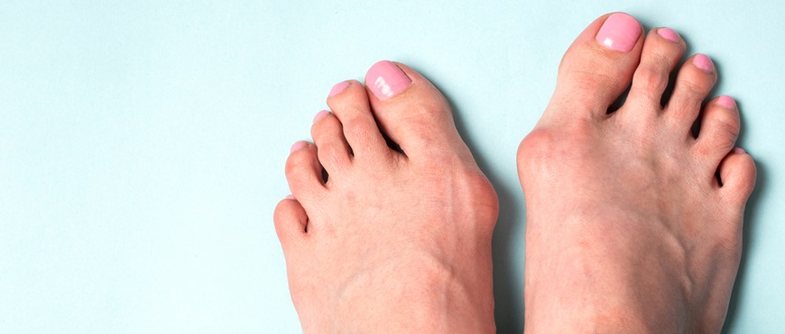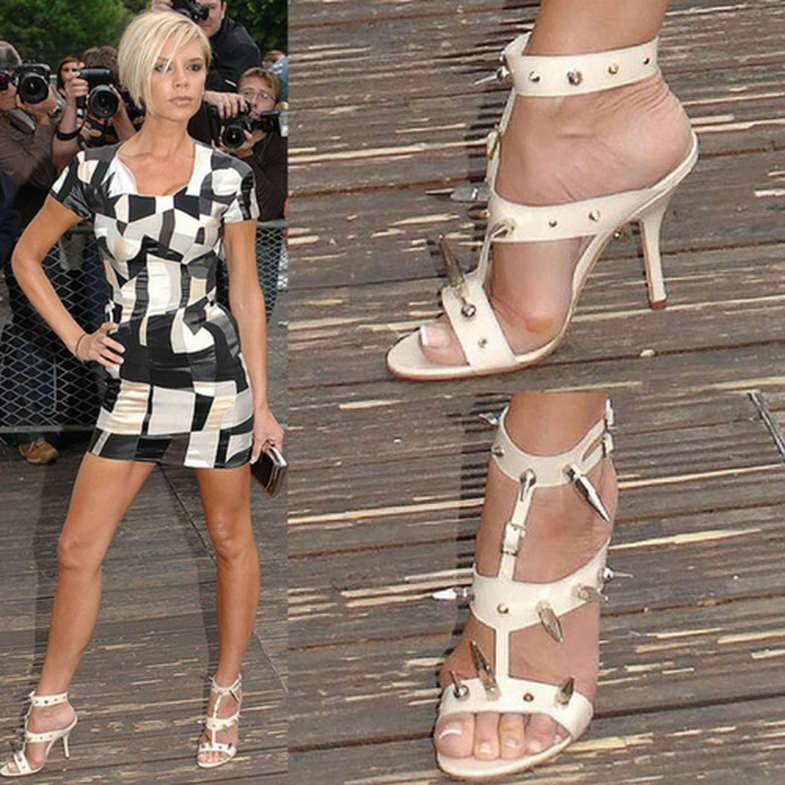
Known in daily jargon as a thigh on the ankle, hallux valgus (medical term) is one of the most common leg deformations, with a spread of 23-35%.
Although multiple treatments may somewhat ease the symptoms, correcting this condition is impossible without performing a surgical intervention. Apart from aesthetics, surgery is suggested for any case that pain continues to increase despite treatment.



First, we will know the symptoms of deformation in question, which changes the anatomy of the foot. Hallux Valgus causes pain in the inside of the foot, the toe and the small fingers.

It also brings the sensation of burning, rash, Thursday and numbness. As the lumps of the year continues to become more apparent, wearing of shoes will cause unbearable pain. Likewise, the thumb will deviate by necessarily shifting the other fingers. Result? This here:
Second: Who are the most affected?
Anyone can get such a lump, but women are most vulnerable in general. Likewise, people whose soles are flat are still more affected by the deformation in question. Also known is a specific case in medicine, whereby girls from 10 to 15 years of age are affected by the hallus.
Third: What Causes You?
The bone bones come from unsuitable (too narrow) shoes, as well as arthritis or simply inherited.
Fourth: You are not the only ones




Tip: Regardless of whether or not the operation is performed, it is best to avoid as high as the high heels. Choose a pair of reasonable shoes (maximum 5cm heels), soft leather or sporty athletics.





